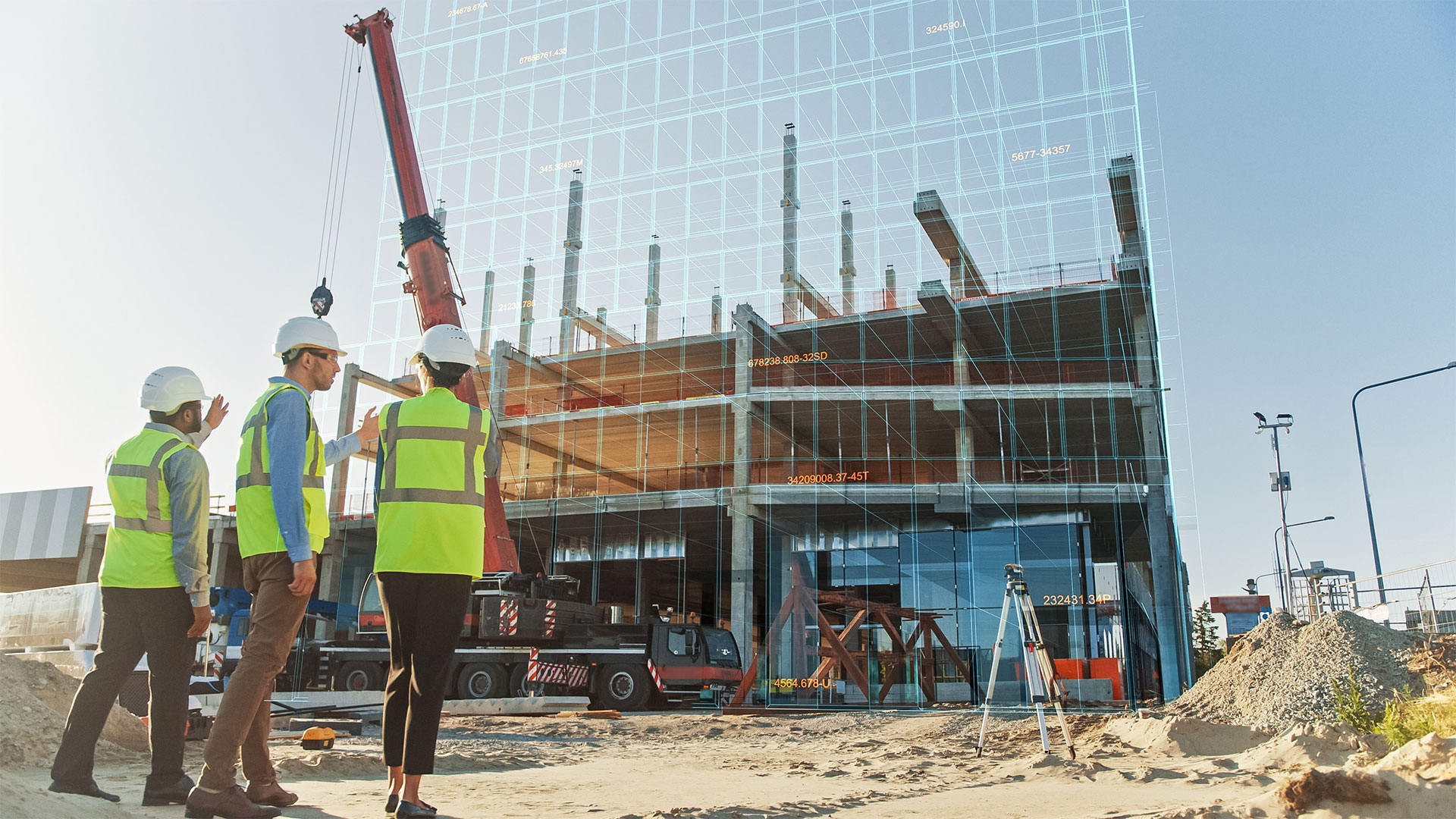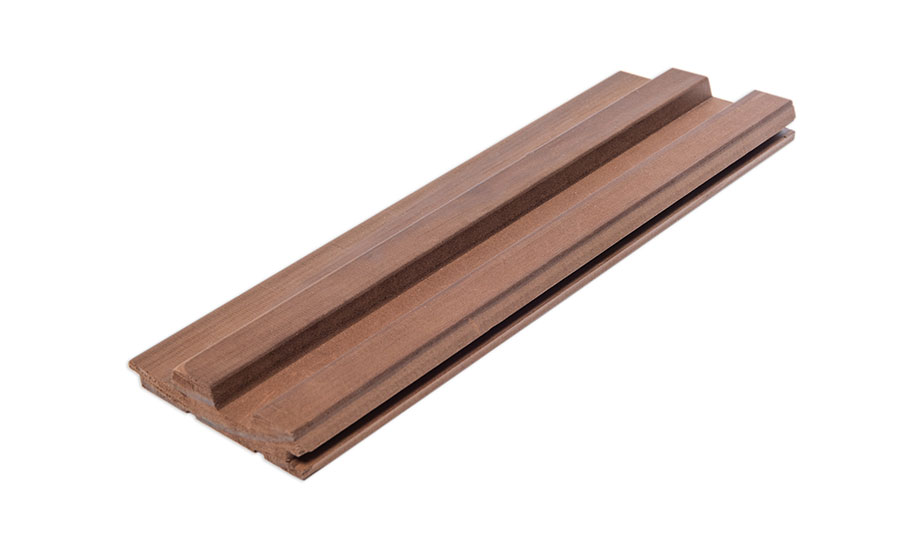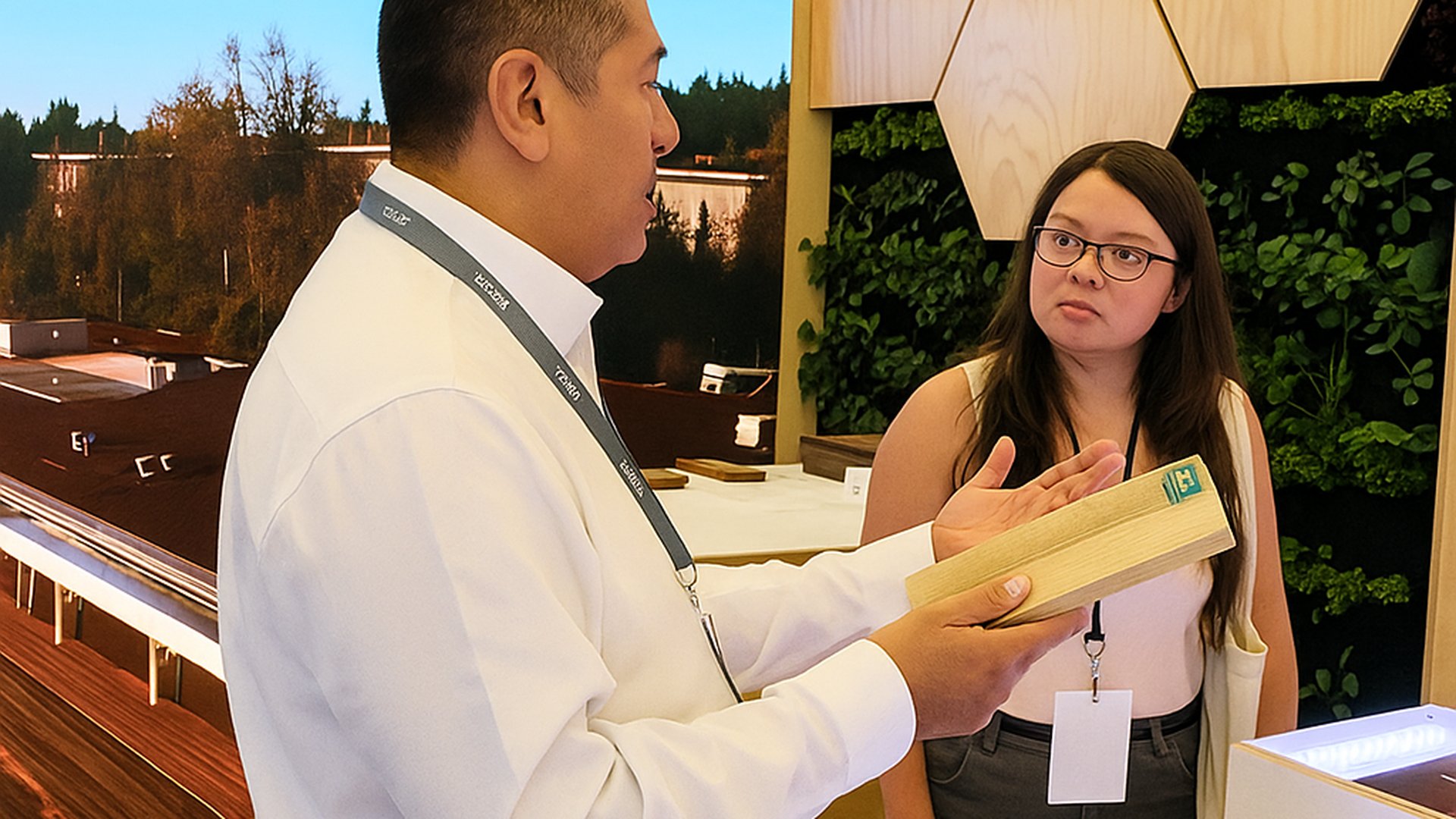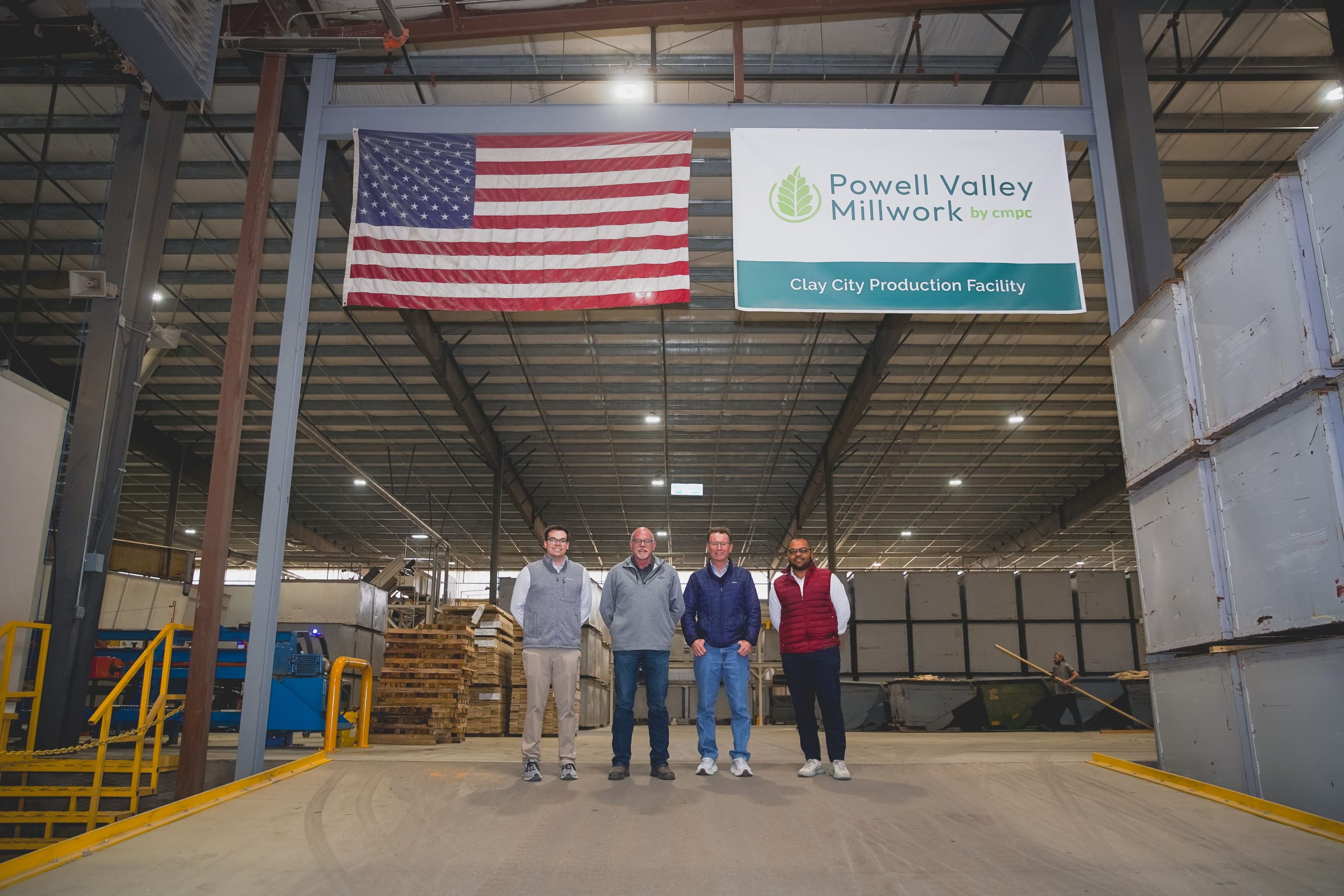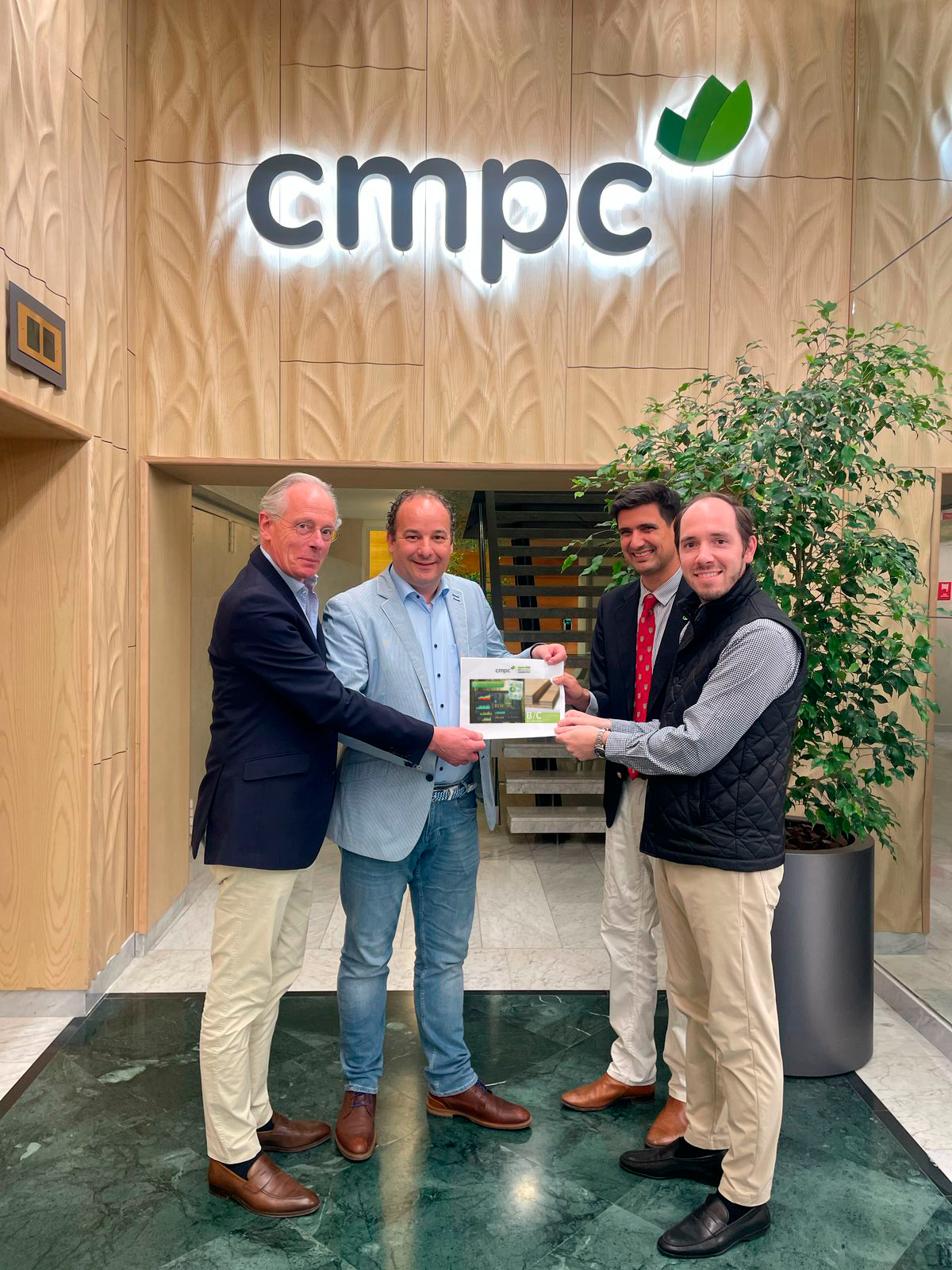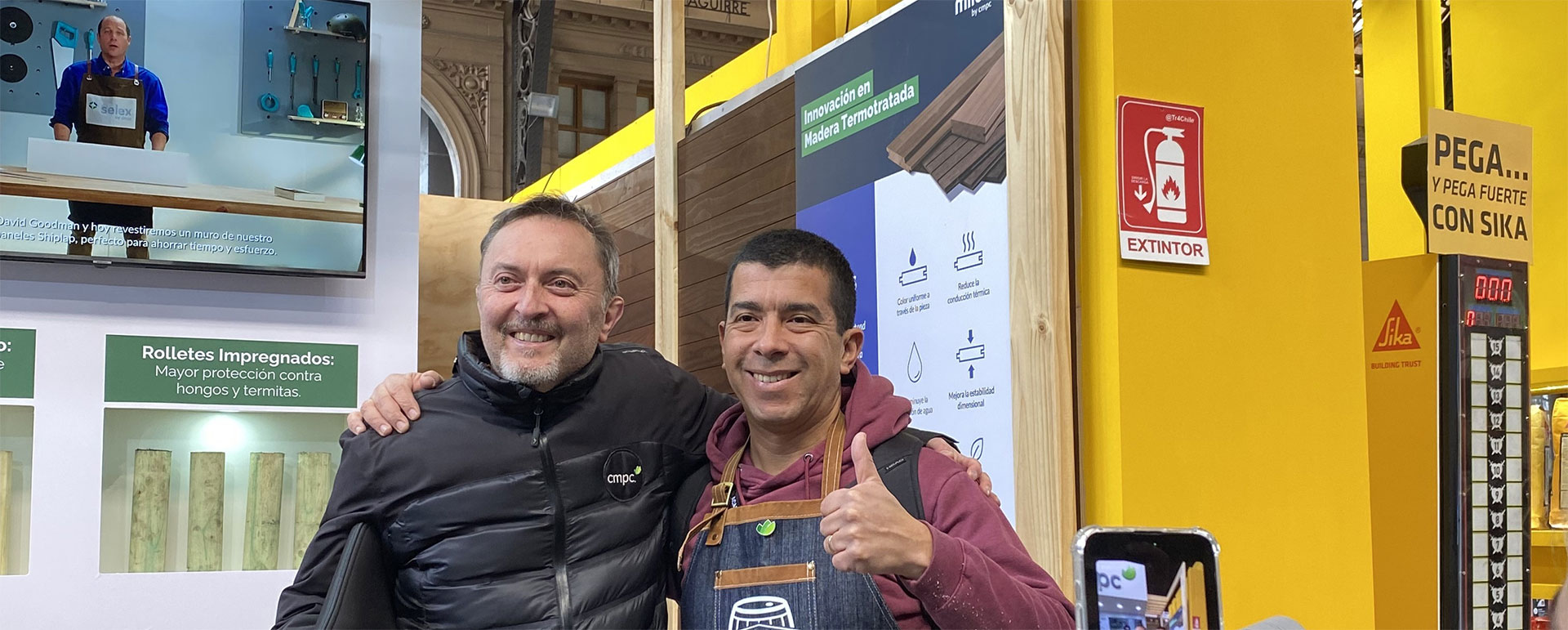
Architecture Day in Chile
This historic celebration, now in its eighteenth year, pays tribute to the work and contributions of the architects who shape the spaces we inhabit every day, defining how we move and develop as a society. Today, we applaud the architects who play this essential role.
Sometimes, certain things can be taken for granted, such as the growth of urban centers to accommodate a growing population and the creation of spaces for social gatherings. But these spaces were and still are made possible by the work of hundreds of people with the same discipline: architecture.
On August 4, 1942, the Chamber of Architects (Colegio de Arquitectos de Chile) was established to support the development, protection, progress, and prestige of the architectural profession. Hence, August 4 became the official date for Architecture Day in Chile.
Beyond celebrating the founding of the Chamber, this day honors the artisans who shape our nation’s architectural landscape. They skillfully design welcoming settings, harnessing their commitment to create functional and meaningful spaces that address social needs. Simultaneously, they infuse a sense of belonging and harmony into each project.
Today, architects are facing a dual set of challenges in residential design: the demand for sustainable construction and the pressing issue of housing shortages, both intensified in today’s world context.
Sustainable construction has gained significant traction over the past decade as a means to mitigate climate change. Traditionally, construction has stood out as one of the planet’s most polluting industries, largely due to the materials used. With the adoption of sustainable construction practices, the architect’s role lies in meticulous material selection for each project, focusing on sustainable and renewable options such as wood. The incorporation of sustainability principles is now seamlessly integrated in the initial building design phases.
The pressing issue of housing shortages is the other challenge that calls for architects to devise creative and efficient solutions. The insufficiency of suitable and accessible housing for all citizens profoundly impacts the quality of life for a significant portion of the population. In response, architects have embarked on a quest for innovative designs that facilitate the construction of high-quality, affordable housing capable of adapting to the evolving needs of the community.
Amidst these challenges, Architecture Day in Chile provides an occasion to acknowledge the commitment and dedication of these professionals, whose impact extends beyond physical design. They are agents of change, shaping how we live, work, and connect to our environment.
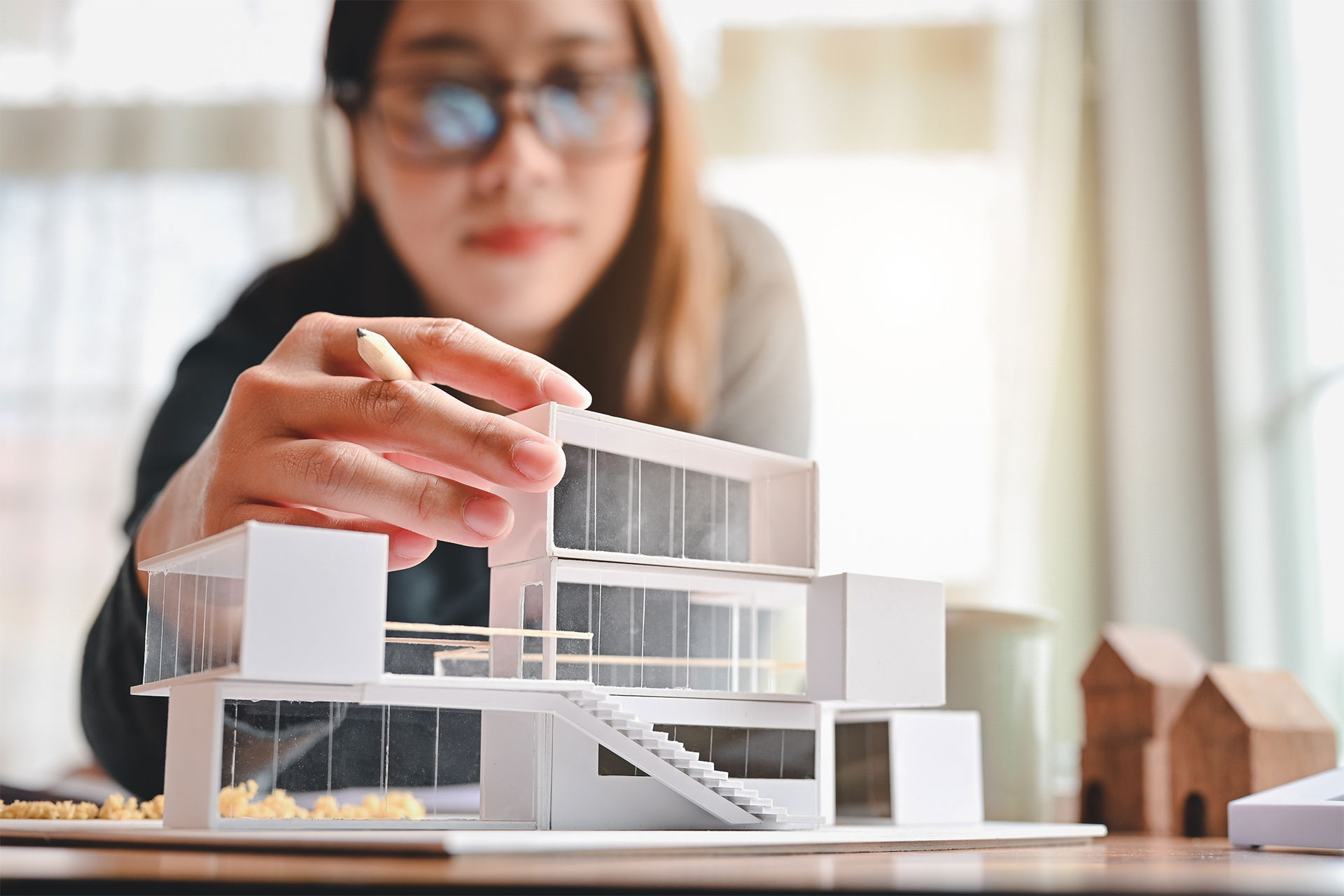
Eminent Architects
Architecture Day in Chile spotlights diverse architectural approaches that enrich the country’s urban landscape. From modern design to heritage preservation, each project contributes to the nation’s cultural identity.
While we could delve into numerous examples within this article, for brevity, we will highlight three eminent architects who have left distinct legacies in Chile:
Héctor Valdés Phillips
Architect, professor, president of the Chamber of Architects and of the Educational Establishments Construction Society, executive vice-president of the Housing Corporation (Corporación de la Vivienda/CORVI) and member of the Council of National Monuments, Héctor Valdés stood as one of Chile’s most renowned national architects. His illustrious career extended from Arica to Punta Arenas.
He was a member of BVCH, one of the most distinguished architectural firms of the previous century, alongside Carlos Bresciani, Fernando Castillo Velasco, and Carlos García Huidobro. The name ‘BVCH’ is derived from their initials. They undertook projects such as the State Technical University, The Arica Casino, as well as residential complexes like the Portales Neighborhood Unit, the Empart building and the Chinchorro neighborhood in Arica. These initiatives materialized during the housing crisis of the 1950s, a decade marked by rural-urban population migration in pursuit of opportunities, thus catalyzing the gradual expansion of large cities.
Héctor Valdés emerged as a trailblazer in the housing construction industry through BVCH, emphasizing functional spatial relationships. His creations were heralded as emblematic of a new architectural era in Latin America. In recognition of his contributions, he received the National Architecture Prize in 1979, solidifying his pivotal role within universities and architectural circles across the nation and a significant part of Latin America.
This eminent architect significantly influenced the foundations of the nation’s urban areas. Meanwhile, parallel to his accomplishments, there are professionals who have utilized architecture to seamlessly extend into and harmonize with the rural landscapes.
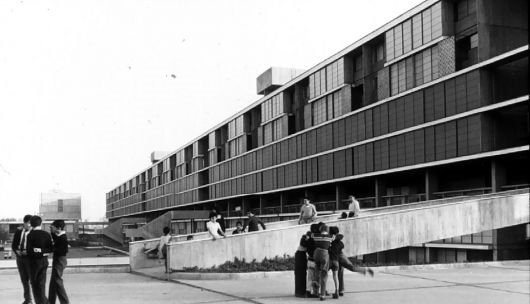
Cazú Zegers
With a perspective focused on geography and ecosystems, Cazú Zegers places a central emphasis on the interplay between the land’s contours and its biodiversity, while also showing respect for nature and the surrounding communities.
Zegers has a strong commitment to incorporating local materials and aims to create buildings that harmonize with the environment. Her vision entails integrating architectural structures seamlessly into the landscape, predominantly utilizing local wood and designs that don’t disrupt the behavior of native plants and wildlife. Her work embodies the concept of poetic architecture.
She has earned accolades including the Latin American Architecture Award and the Dora Riedel distinction. Forbes Magazine recognizes her as an architect who breaks down barriers. In 2019, she was featured in Elle Decor’s Architecture A-List as one of the world’s best living architects. Her remarkable contributions have been highlighted by a multitude of acknowledgments and mentions.
Inhabiting space while leaving minimal impact and employing a “precarious and low-tech” approach, defines the ethos of this exceptional architect. Her work underscores the notion that the land constitutes an invaluable treasure unique to Chile and Latin America.
While Cazú Zegers’ work stands in stark contrast to that of her peers, there are many who are committed to sustainable architecture, each applying the concept in diverse ways. Some focus on large-scale projects that foster social welfare and provide housing solutions for vulnerable families, such as the following example:
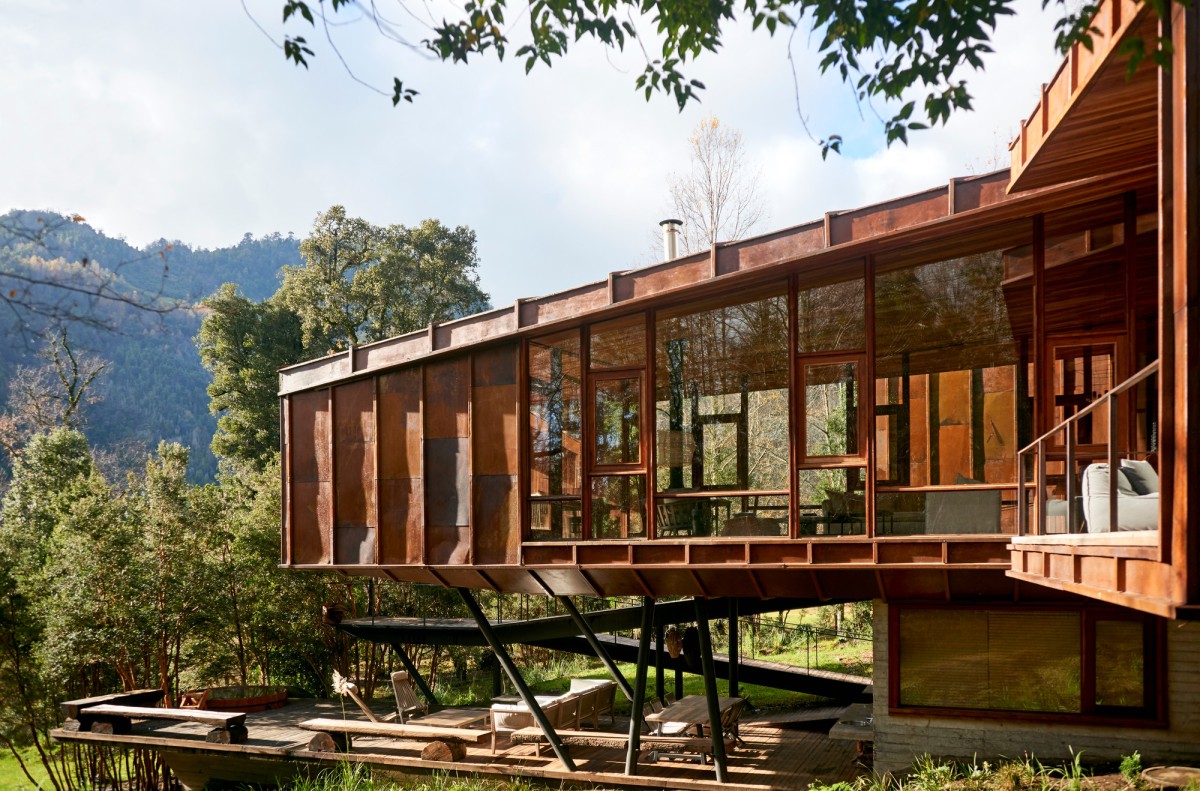
Alejandro Aravena
The architectural contributions of Alejandro Aravena stand out due to his dedication to developing housing solutions for vulnerable communities and promoting sustainable architecture.
In 2016, he was honored with the Pritzker Prize, a prestigious award presented to living architects who have consistently and significantly contributed to both the field and humanity. His works embody a combination of talent, vision, and commitment.
Through the ELEMENTAL studio, Aravena has led projects of public importance with profound social impact, both within Chile and globally. These initiatives often revolve around residential complexes comprising of dozens or even hundreds of homes, all designed under the framework of “incremental design.” This approach entails creating foundational housing structures that can be expanded in the future, providing families with the flexibility they need.
Moreover, he has taken an active role in post-disaster housing construction, evident in instances such as the aftermath of the 2010 earthquake and tsunami in Chile. Notably, he has provides plans and files for constructing cost-effective housing as free downloadable resources.
Alejandro Aravena’s commitment to architecture as a catalyst for social change remains resolute.
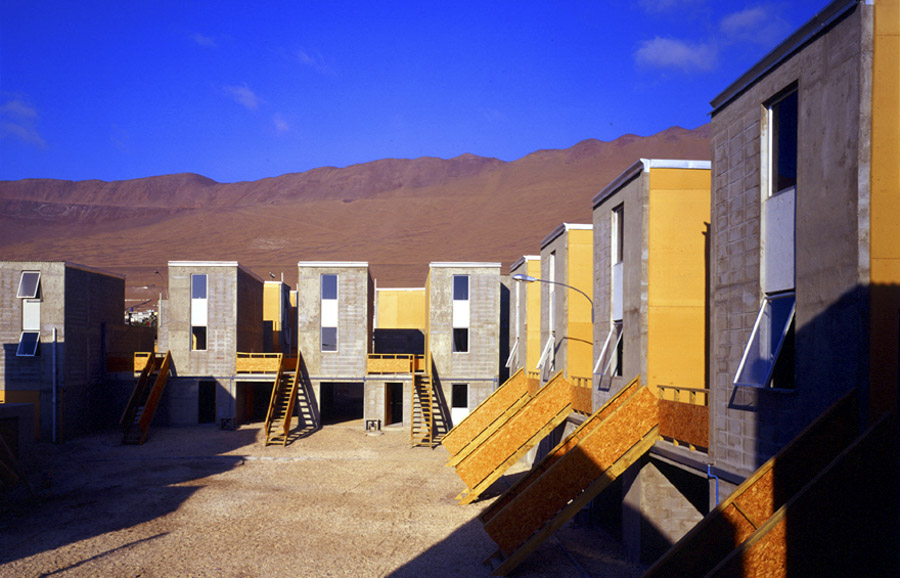
Month of the Architect
August, celebrated as the Month of the Architect by the Chilean Chamber of Architects, hosts events and awards honoring remarkable architects. This August 31st, the Chamber will present this year’s awardees, and we can’t wait to see what great projects will be recognized.
Architecture Day in Chile urges us to reflect on the importance of architecture in our lives and to recognize architects’ role in creating a better future. Their vision, commitment and creativity are fundamental to shaping more sustainable, functional, and aesthetically pleasing environments. As a society, valuing architects’ work and providing support, fosters transformative projects that enhance our surroundings and lives. Happy Architecture Day!
